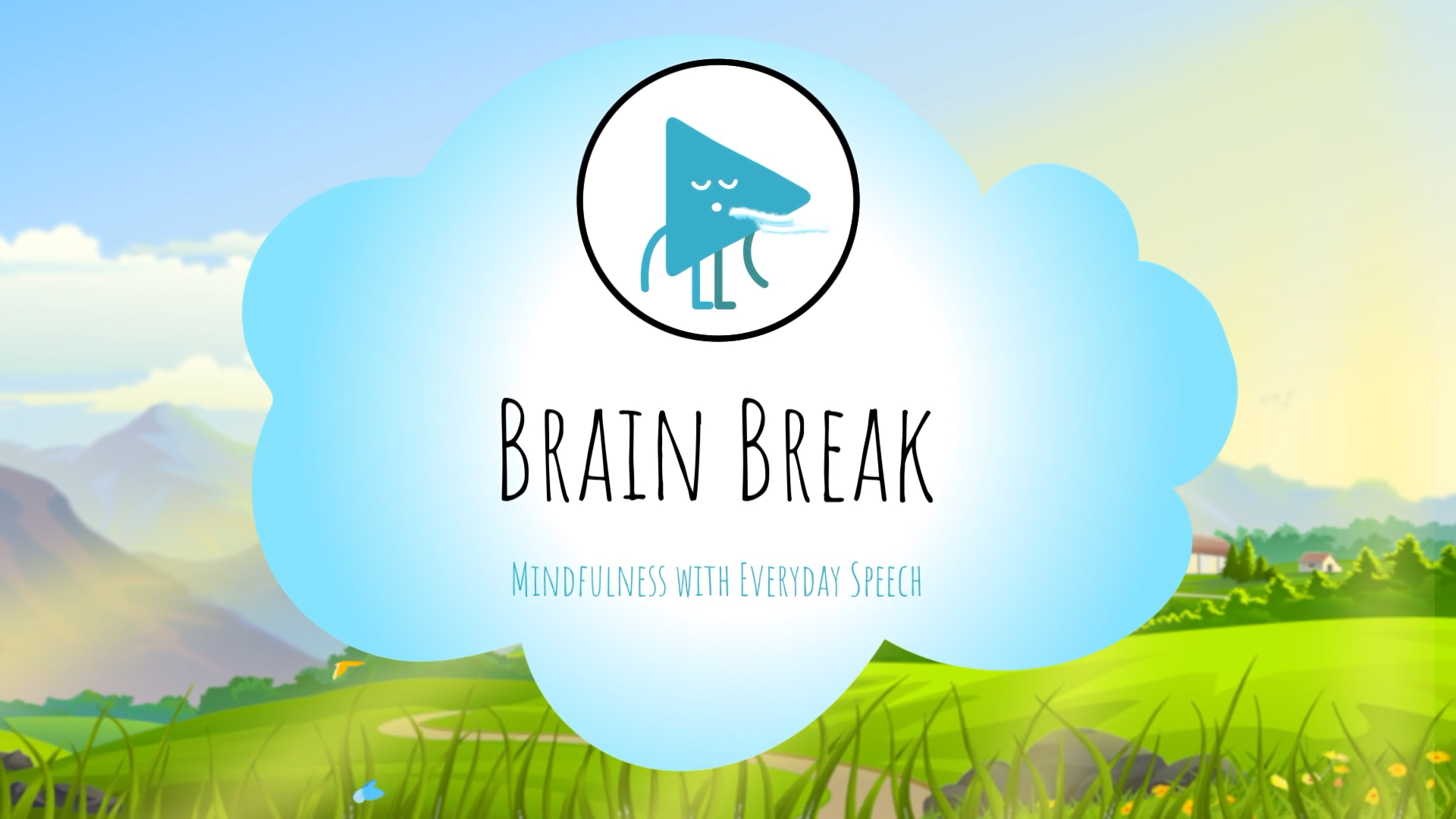
Introduction
Brain breaks are crucial tools for educators working with students in special education. These brief activities help students stay focused and attentive by providing them with an opportunity to reset their minds. There are two types of brain breaks: Energizing Breaks, which involve physical movement to increase oxygen flow to the brain, and Relaxing Breaks, which involve concentrating on a single task to improve focus. In this blog post, we will explore a no-prep activity, discussion questions, related skills, and next steps to help educators incorporate brain breaks into their teaching strategies.
No-Prep Activity: Finger Counting and Breathing
An easy-to-implement brain break that requires no preparation or materials is Finger Counting and Breathing. This activity combines the calming effect of deep breathing with the concentration required for finger counting. To begin, have students sit comfortably in their chairs with their hands in their laps. Instruct them to take a deep breath in while slowly counting to four with their fingers. As they exhale, they should slowly count backward from four to one, tapping each finger to their thumb in reverse order. Repeat this process for a total of three to five rounds, depending on the students’ needs.
Discussion Questions
- How do you feel after participating in the Finger Counting and Breathing activity? Do you feel more focused and attentive?
- What are some other brain break activities you have tried in the past? Which ones do you find most effective in helping you refocus?
- How can you incorporate brain breaks into your daily routine? What times of day might be most beneficial for taking a break and resetting your focus?
- What are the benefits of combining physical movement and mental concentration in a brain break activity?
- How might brain breaks be particularly helpful for students in special education settings?
Related Skills
Incorporating brain breaks into the classroom fosters several essential skills for students. These include:
- Self-awareness: Recognizing when their focus and attention are waning and taking appropriate action to reset their minds.
- Self-regulation: Practicing strategies such as deep breathing and finger counting to calm their minds and regain focus.
- Adaptability: Adjusting to different classroom activities and situations by using brain breaks to maintain focus and engagement.
- Collaboration: Participating in group brain breaks to build a sense of community and support within the classroom.
Next Steps
Now that you understand the value of brain breaks for students in special education settings, it’s time to explore additional resources to support your teaching strategies. We encourage you to sign up for free samples of the discussed skill and others at Everyday Speech to enhance your classroom experience and help your students succeed.

